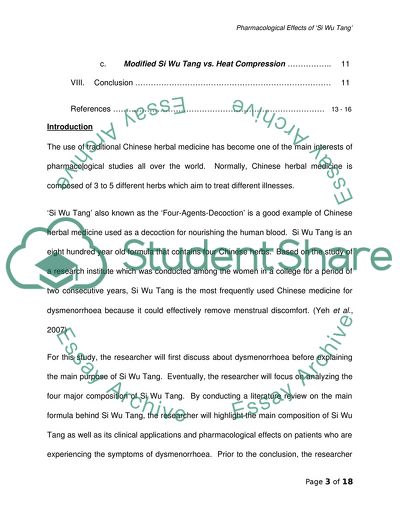Cite this document
(SI WU TANG ( decoctionfor nourishing blood ) Case Study, n.d.)
SI WU TANG ( decoctionfor nourishing blood ) Case Study. https://studentshare.org/chemistry/1713422-si-wu-tang-decoctionfor-nourishing-blood
SI WU TANG ( decoctionfor nourishing blood ) Case Study. https://studentshare.org/chemistry/1713422-si-wu-tang-decoctionfor-nourishing-blood
(SI WU TANG ( Decoctionfor Nourishing Blood ) Case Study)
SI WU TANG ( Decoctionfor Nourishing Blood ) Case Study. https://studentshare.org/chemistry/1713422-si-wu-tang-decoctionfor-nourishing-blood.
SI WU TANG ( Decoctionfor Nourishing Blood ) Case Study. https://studentshare.org/chemistry/1713422-si-wu-tang-decoctionfor-nourishing-blood.
“SI WU TANG ( Decoctionfor Nourishing Blood ) Case Study”. https://studentshare.org/chemistry/1713422-si-wu-tang-decoctionfor-nourishing-blood.


